
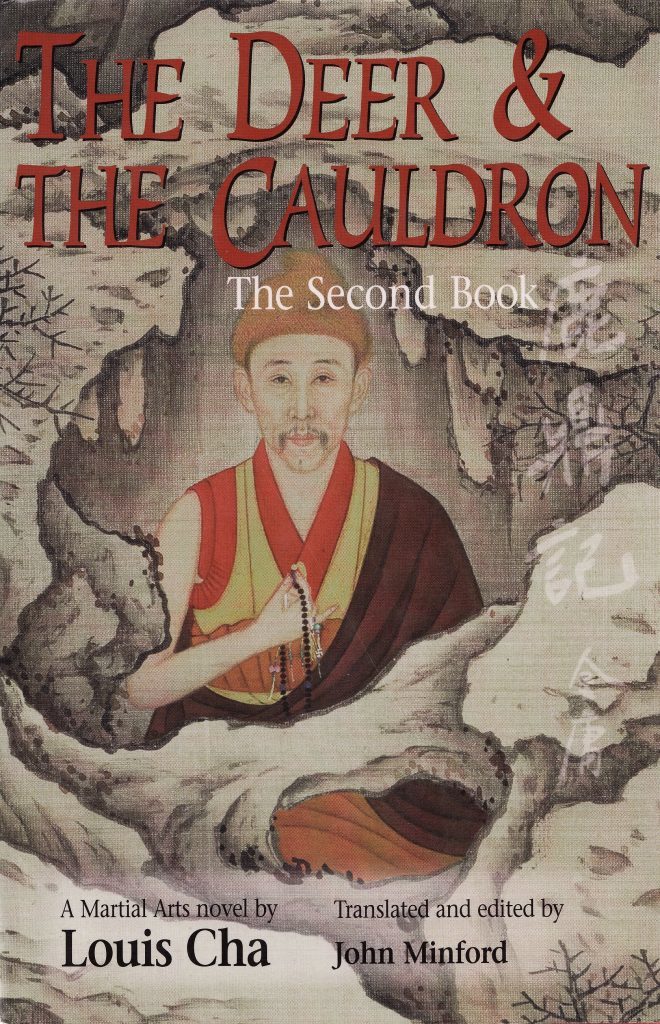
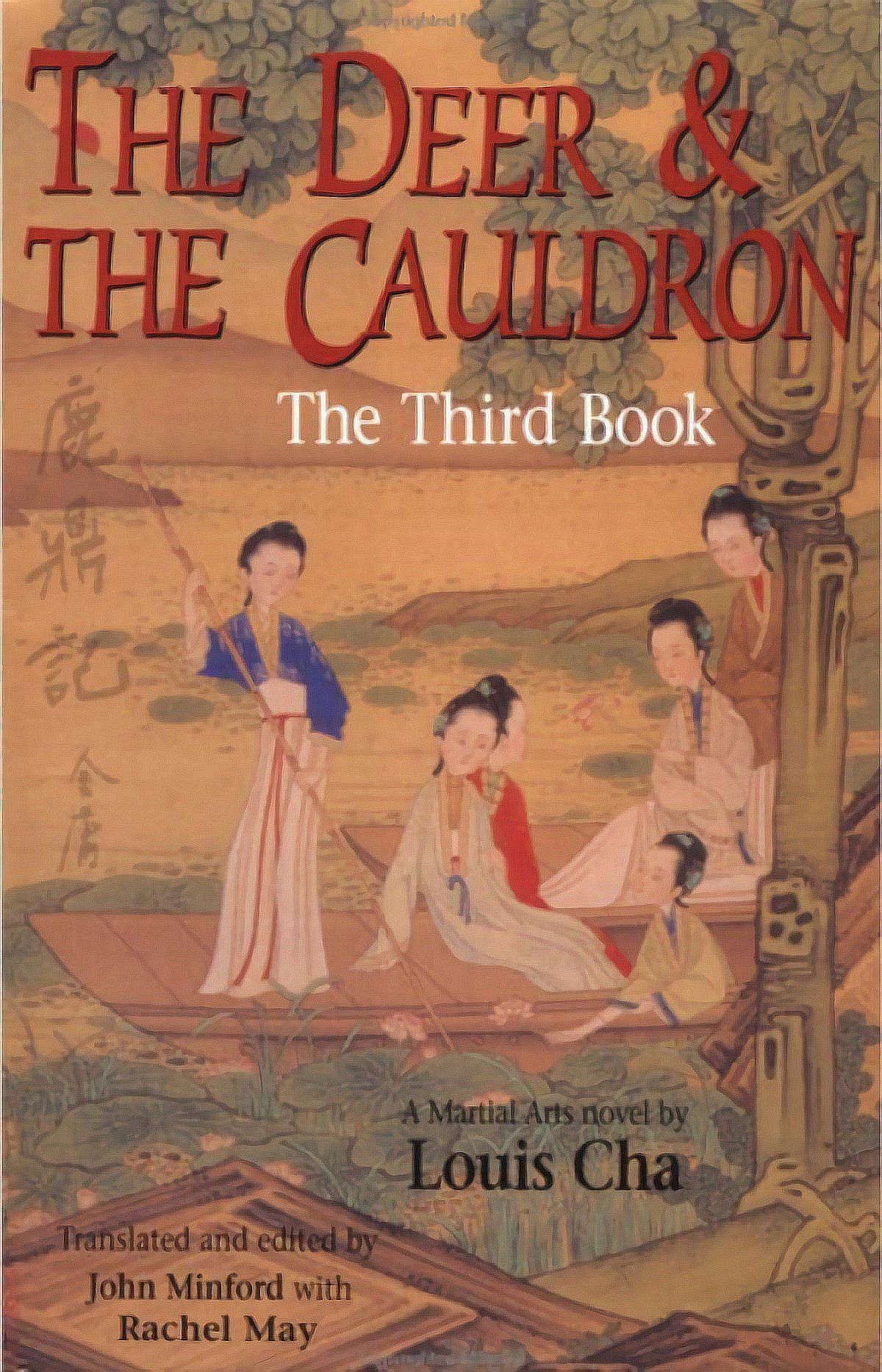
Books in series

The Deer and the Cauldron
The First Book
1981

The Deer and the Cauldron
The Second Book
1969

The Deer and the Cauldron
The Third Book
1969

鹿鼎記(四)
1969

The Deer and the Cauldron (New Edition) (1-5 Volumes)
1969
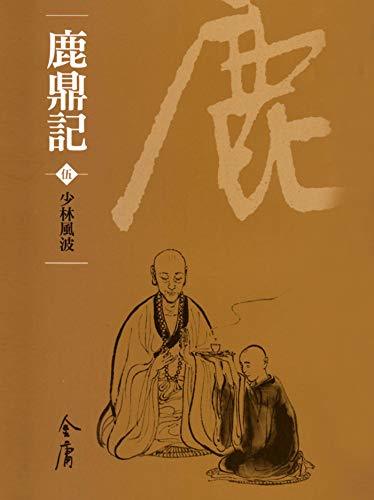
少林風波
金庸作品集新修文庫版 (鹿鼎記 Book 5)
2018
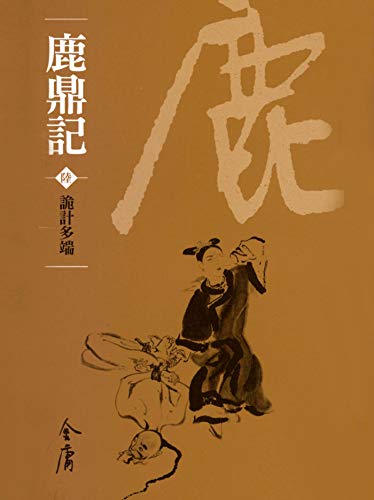
詭計多端
金庸作品集新修文庫版 (鹿鼎記 Book 6)
2018
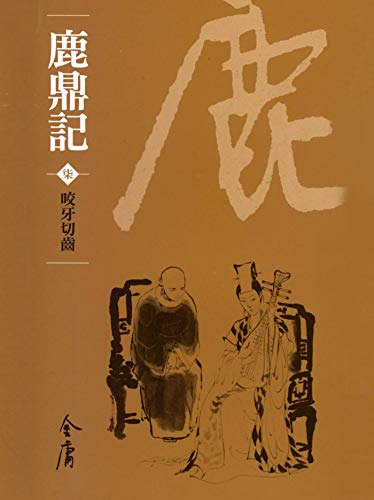
咬牙切齒
2008

揚威塞北
金庸作品集新修文庫版 (鹿鼎記 Book 8)
2018
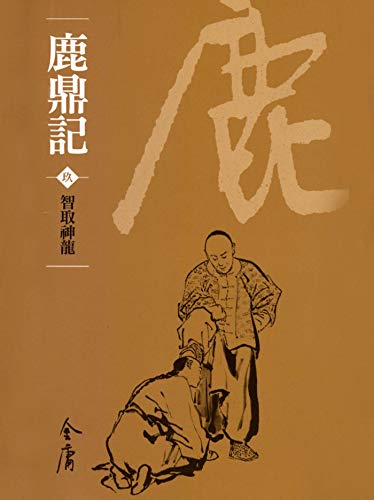
智取神龍
金庸作品集新修文庫版
2018
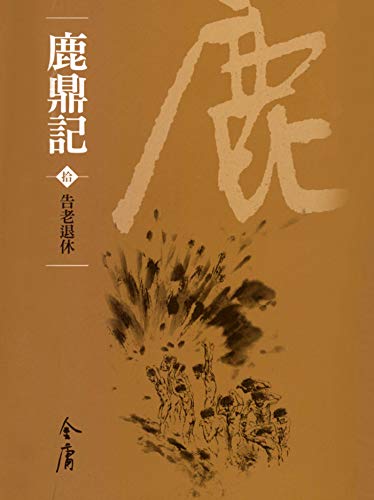
告老退休
金庸作品集新修文庫版 (鹿鼎記 Book 10)
2018
Author
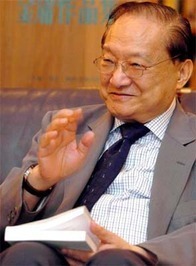
Louis Cha, GBM, OBE (born 6 February 1924), better known by his pen name Jin Yong (金庸, sometimes read and/or written as "Chin Yung"), is a modern Chinese-language novelist. Having co-founded the Hong Kong daily Ming Pao in 1959, he was the paper's first editor-in-chief. Cha's fiction, which is of the wuxia ("martial arts and chivalry") genre, has a widespread following in Chinese-speaking areas, including mainland China, Hong Kong, Taiwan, Southeast Asia, and the United States. His 15 works written between 1955 and 1972 earned him a reputation as one of the finest wuxia writers ever. He is currently the best-selling Chinese author alive; over 100 million copies of his works have been sold worldwide (not including unknown number of bootleg copies). Cha's works have been translated into English, French, Korean, Japanese, Vietnamese, Thai, Burmese, Malay and Indonesian. He has many fans abroad as well, owing to the numerous adaptations of his works into films, television series, comics and video games. 金庸,大紫荊勳賢,OBE(英語:Louis Cha Leung-yung,1924年3月10日-2018年10月30日),本名查良鏞,浙江海寧人,祖籍江西婺源,1948年移居香港。自1950年代起,以筆名「金庸」創作多部膾炙人口的武俠小說,包括《射鵰英雄傳》、《神鵰俠侶》、《鹿鼎記》等,歷年來金庸筆下的著作屢次改編為電視劇、電影等,對華人影視文化可謂貢獻重大,亦奠定其成為華人知名作家的基礎。金庸早年於香港創辦《明報》系列報刊,他亦被稱為「香港四大才子」之一。 Source: https://zh.wikipedia.org/zh-tw/%E9%87... Associated Names: * Jin Yong * 金庸 (Chinese Profile) * กิมย้ง (Thai Profile)